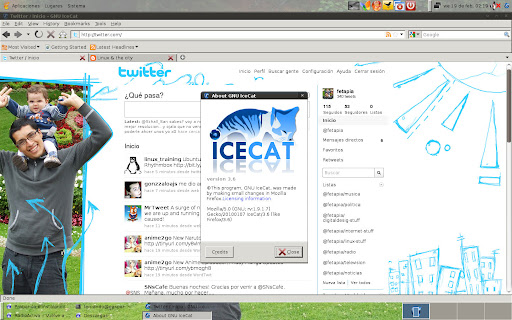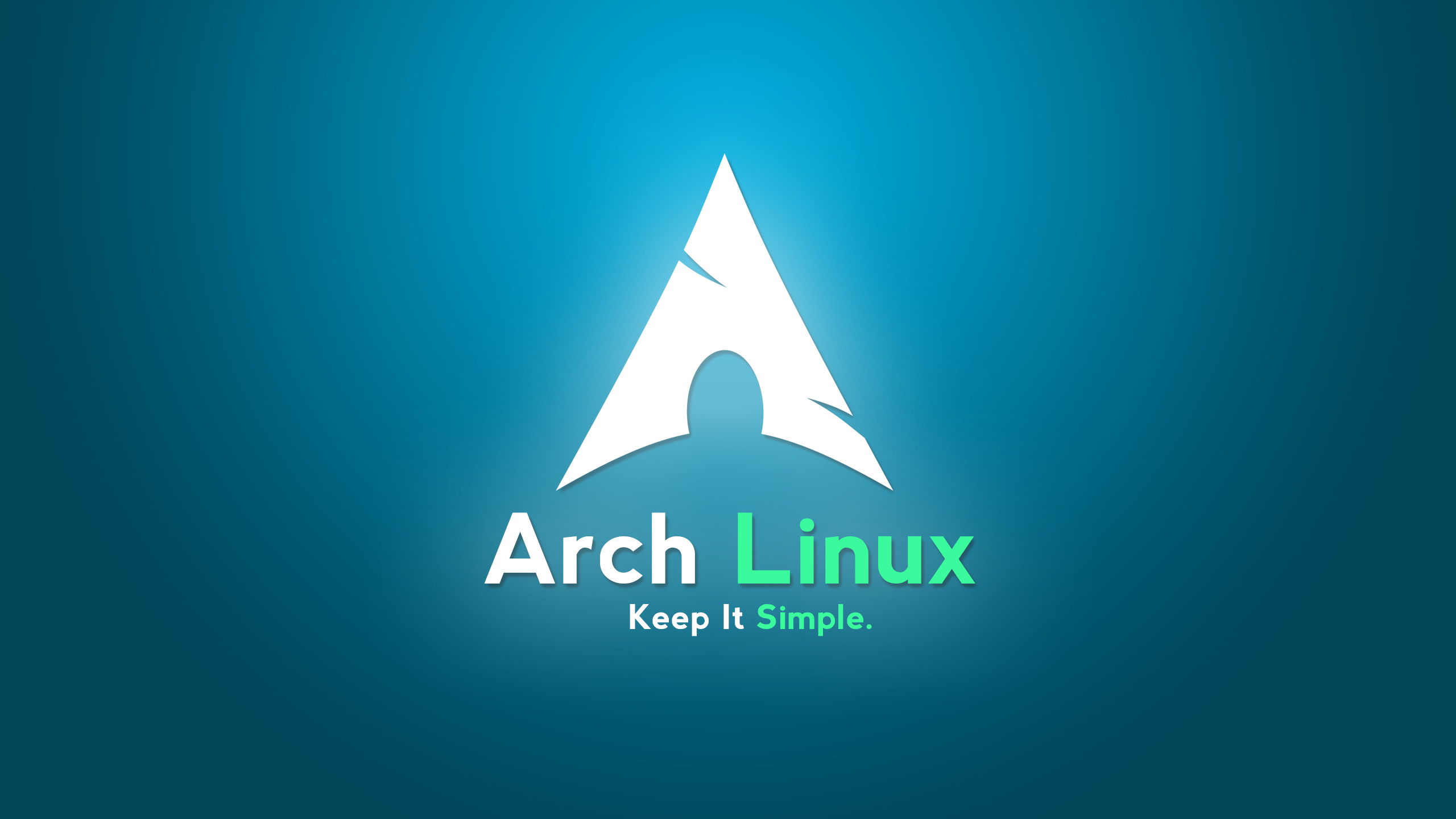

Here we have all our icons, once we found one that we like, we need to create a symbolic link. So now that we’re in the file, we want to go into apps, then scalable. I generally prefer to look at the icons in a graphical file manager, so that I can make sure I pick the right one.
ICECAT ARCH LINUX INSTALL
Now that we know what the icon is called (“icecat”, icon names aren’t always this simple), we needed to open up our installed icon pack, if you’re not sure where that is, look back on the install instructions you used for your pack and just find where you placed said pack. Now that we see the file, we just need to find what it’s icon name is: cat sktop | grep -i icon
ICECAT ARCH LINUX FULL
desktop file: ls | grep -i icecatįrom that command we now know that full name of the file is “sktop”. Since we already have our terminal located in the right folder, lets just search for the right. I’ve already patched Oranchelo for most of my applications but I’ve yet to do it for the IceCat browser (located towards the bottom on the screenshot), so I’ll use it as an example. desktop files, these are config files that set how a program will be shown on the desktop, such as what will it be called under English or under Polish, as well as what the icon should be. Here you will see (using the ls command) a bunch of. To fix this we need to either change the app’s icon name or create symbolic links to the current icon name, the latter generally being the better option.įirst we need to find the current icon name, for all common (and probably for the uncommon ones as well) Linux desktop environments the way to do this is: cd /usr/share/applications/ So why is that?Įach program has an icon name, and while many programs keep a consistent icon name across distros, this is not always the case, such as with some of the default Gnome apps in Fedora vs Ubuntu. Lately I’ve been using Fedora 28 and while some icons work liked they’re supposed to, others, which work in Ubuntu, do not.


Take for example my all time favorite icon pack, Oranchelo, it is geared mainly towards Ubuntu. However many of the smaller icon packs either only support certain distros or lack icons for lesser known programs. First a little background, if you use one of the more popular icon packs, you’ll likely have no issues. So, now onto something less commonly covered, patching icon sets (no coding or art skills required). As for obtaining icon packs, a great site is, which among other things hosts a wide variety of free to use icon packs.
ICECAT ARCH LINUX HOW TO
Now I could go over how to install icons packs, however there are countless sites who already explain the process very well, such as Tips on Ubuntu. For those unfamiliar, it is similar to how icons change across Android versions, even though the apps themselves are often the same. A key area of that customization are app icons. One of the nice advantages of using Linux is the wealth of customization options available.


 0 kommentar(er)
0 kommentar(er)
